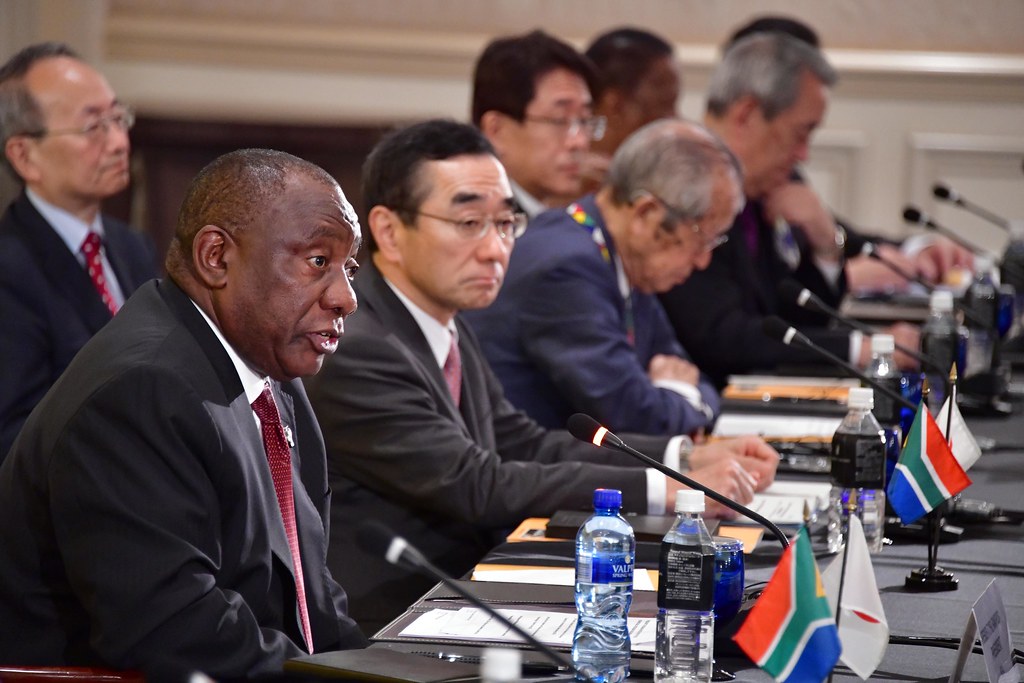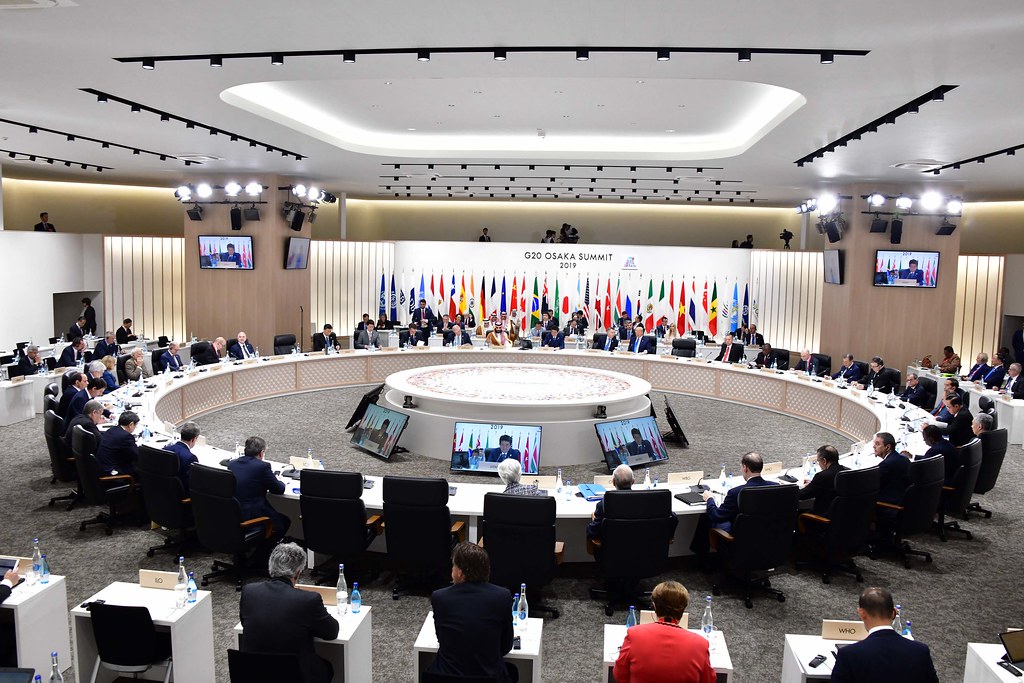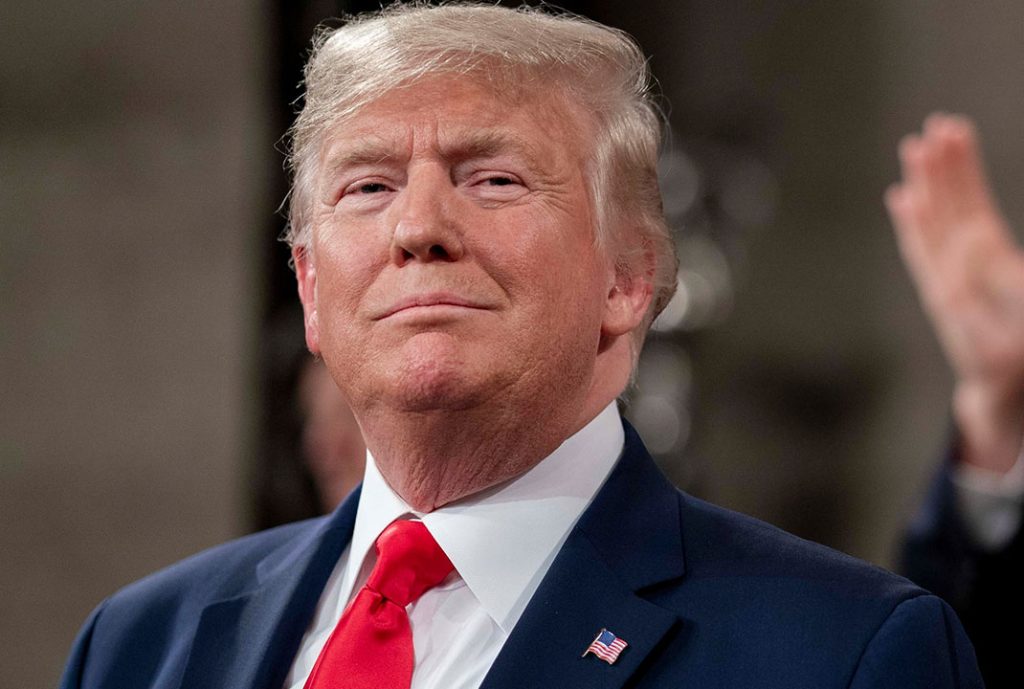You’ve probably heard the term “G20” in news headlines, often linked to major global events, economic crises, or photos of world leaders shaking hands. But what exactly is this powerful group, and why does it matter? The Group of Twenty, or in short G20, is more than just an annual meeting; it’s a forum where the leaders of the world’s largest economies gather to discuss and coordinate policies on the most pressing global issues like the global economy, climate change, trade, health, digital governance, food security, inequality, and geopolitical stability.
Here in this article, we will break down what the G20 is, how it came to be, and what it actually does. You will gain a clear understanding of its structure, its key functions, and the significant impact it has on international finance, trade, and development. By the end, you’ll see why the decisions made in G20 summits can affect everything from your local economy to global efforts to combat climate change.

What is the G20?
The G20 is a global platform that brings together leaders from 19 major economies, states and governors along with the European Union and the African Union. Together, these members account for roughly 85% of the world’s total economic output, more than three-quarters of international trade, and nearly two-thirds of the global population. This makes it a primary platform for international economic cooperation and decision-making.
The most different part is that, unlike the many other formal international organizations, for example, the United Nations or the World Bank, the G20 does not have a permanent staff or headquarters to operate its activities. Instead, leadership is passed on each year, with a different member country taking charge. The country holding the presidency hosts the G20 Summit and sets the agenda for the year, ensuring that the forum can adapt to address contemporary global challenges.
History and Formation of the G20
Established in 1999 after the financial turmoil of the late 1990s on a global scale, especially the Asian financial crisis, the G20 members began as a gathering of finance ministers and central bank governors. The main purpose was to create a more inclusive forum for dialogue and cooperation on global financial stability. The original G7 (Group of Seven) industrialized nations realized that a broader group of major economies was needed to address global economic issues effectively.
For its first decade, the G20 remained a forum for finance officials. However, the 2008 global financial crisis elevated its importance dramatically. The rising financial crisis, the G20 forum decided to elevate it to a leaders’ forum, bringing together all the heads of state and government of the member countries. The first G20 Leaders’ Summit took place in Washington, D.C., in November 2008. This summit marked a turning point that gradually established the G20 as the leading platform for international economic cooperation. Leaders worked together to stabilize the global financial system, implement stimulus measures, and reform financial regulations.

What is the G20 Summit?
The G20 Summit represents the annual pinnacle of the forum’s activities, where heads of state and government from member countries convene for two days of intensive discussions and negotiations. Each year, the summits typically occur in November and are hosted by different G20 member countries on a rotating basis.
Each summit produces a communiqué outlining agreed-upon policies and commitments, along with specific action plans for addressing global challenges. The host country, known as the G20 presidency, sets the agenda and priorities for the year, organizing multiple meetings of ministers and working groups leading up to the main summit.
Recent summits have addressed diverse issues, ranging from pandemic recovery and supply chain resilience to digital transformation and sustainable finance. The 2024 summit in Rio de Janeiro, Brazil, for example, focused heavily on inclusive growth and technological innovation, while previous summits have tackled everything from climate finance to global tax reform. The G20 Johannesburg summit 2025 is focused on Solidarity, Equality, and Sustainability.
G20 Member Countries and Group Name
The G20 comprises 19 individual countries plus the European Union, representing every continent and a diverse mix of economic systems and development levels. The G20 member countries are:
Advanced Economies: Australia, Canada, France, Germany, Italy, Japan, South Korea, the United Kingdom, and the United States.
Emerging Market Economies: Argentina, Brazil, China, India, Indonesia, Mexico, Russia, Saudi Arabia, South Africa, and Turkey.
Regional Representation: The European Union participates as a bloc, represented by the European Council President and the European Central Bank President.
This composition ensures representation across different regions, economic systems, and development stages. Notably, the G20 includes both the world’s largest developed economies and major emerging markets, creating a forum where traditional economic powers engage directly with rising economies.
Guest countries and international organizations also regularly participate in G20 meetings, expanding the forum’s reach and ensuring broader global representation in discussions.

How Does the G20 Work?
The G20’s work is managed and operates the annual summit through a rotating presidency. The country that holds the presidency is responsible for organizing the Leaders’ Summit and various ministerial meetings throughout the year. To ensure continuity and efficiency, the G20 operates a “Troika” system, which includes the current host country, the immediate past country, and the next host country.
The G20’s agenda is divided into two main tracks:
- The Finance Track: This track is led by the finance ministers and central bank governors of each member country. They focus on financial and economic issues, such as monetary policy, fiscal policy, financial regulation, climate finance, AI governance and international taxation.
- The Sherpa Track: Sherpas are the personal representatives; they represent their respective G20 country leaders. They handle the discussions on broader political issues, including anti-corruption measures, development, energy, climate change, and gender equality. The Sherpas prepare the agenda for the Leaders’ Summit and coordinate the G20’s work throughout the year.
Throughout the year, various working groups and engagement groups, composed of representatives from civil society, businesses (B20), labour unions (L20), and youth (Y20), provide recommendations to the G20 leaders.
Key Functions and Goals of the G20
The primary goal of the G20 is to promote international financial stability and sustainable economic growth among the member countries as well as for the world. Its key functions include:
- Coordinating Macroeconomic Policies: G20 members work to align their domestic economic policies to support strong, sustainable, and balanced global growth.
- Reforming International Financial Institutions: In a broad sense, G20 advocates for reforms to international institutions like the IMF and World Bank to better reflect the changing global economic landscape.
- Improving Financial Regulation: A core function is to strengthen the global financial system by developing and implementing robust regulatory standards to prevent future crises.
- Addressing Global Challenges: The G20’s agenda has expanded to include issues like climate change, global health, food security, and anti-corruption measures.
Major Achievements of the G20
Since its elevation to a leaders’ forum, the G20 has had several notable achievements:
- Response to the 2008 Financial Crisis: The G20 was instrumental in coordinating a global response that helped prevent a deeper economic depression. Leaders agreed on fiscal stimulus packages, strengthened financial regulations, and increased the resources of the IMF.
- International Tax Reform: The G20 has been instrumental in addressing multinational tax avoidance, leading efforts such as the Base Erosion and Profit Shifting (BEPS) initiative and the landmark agreement to introduce a global minimum corporate tax rate.
- Debt Relief for Developing Countries: The G20 has initiated programs to provide debt relief for the world’s poorest countries, especially in the wake of the COVID-19 pandemic.
G20 vs. Other Global Forums
While other international groups exist, the G20’s composition and focus set it apart.
- G7: The G7 (Canada, France, Germany, Italy, Japan, the UK, and the US) is a smaller group of advanced economies. While it still plays a big role in the Global economy, the G20 is now considered more representative and praiseworthy of the global economy because it includes major emerging markets in the world.
- United Nations: The UN has a much broader membership (193 countries) and a wider mandate that includes peace and security, human rights, and social development. The G20 is more focused on economic and financial issues, and its smaller size allows for more direct and decisive discussions among the world’s largest economies.
The Future of the G20
The G20 faces an evolving set of challenges. Geopolitical tensions among its members can sometimes hinder cooperation. The forum must also continue to adapt to new global issues, such as the rise of digital currencies, the long-term impacts of the COVID-19 pandemic, and the urgent need for climate action.

